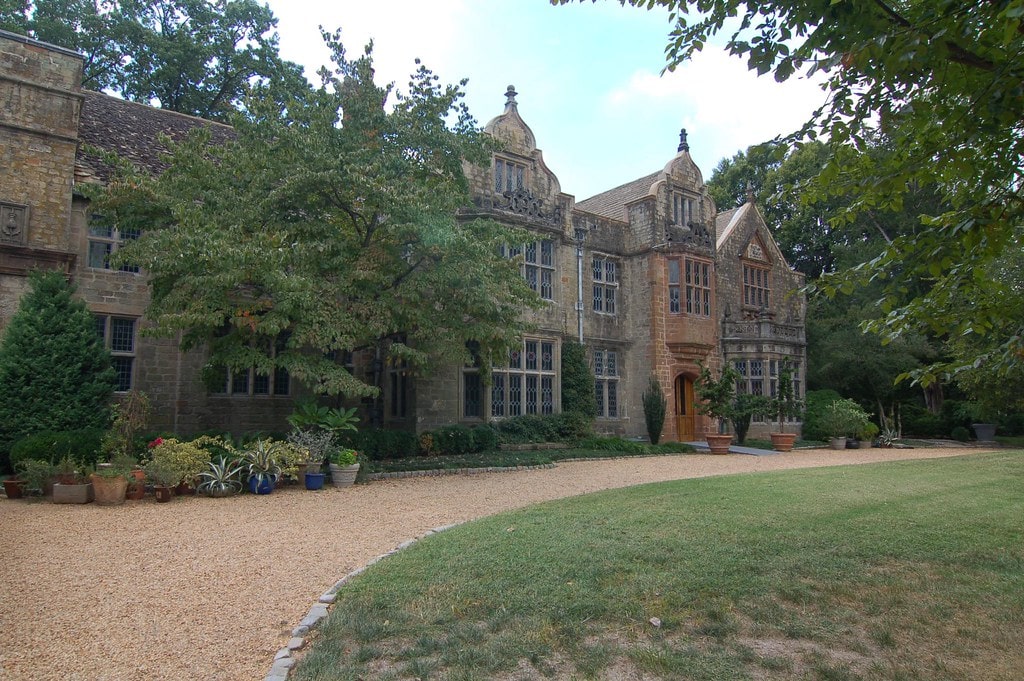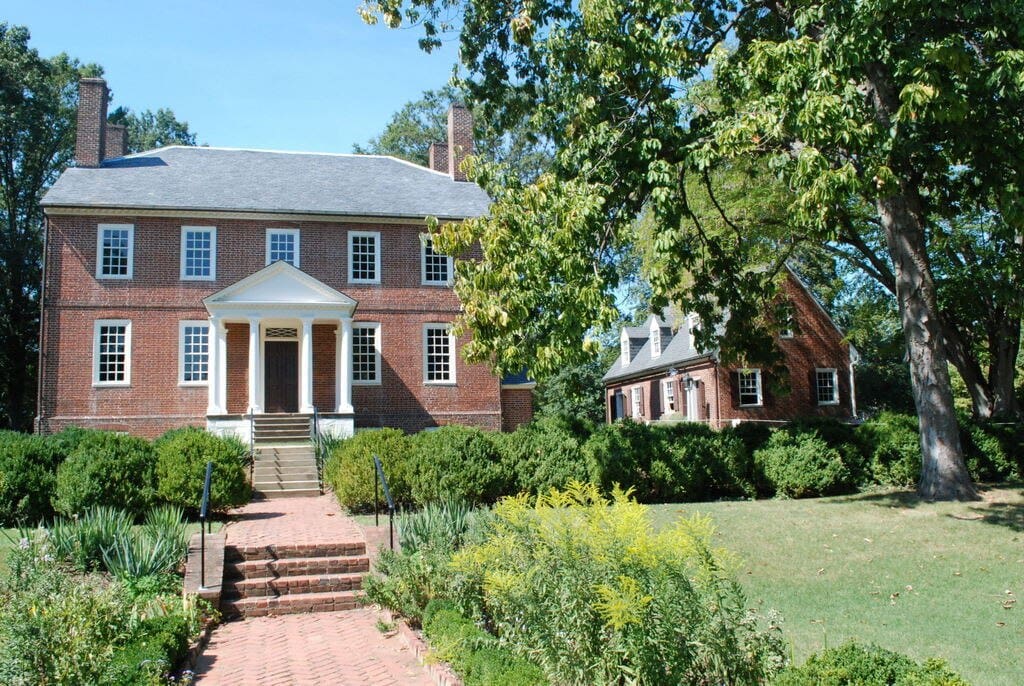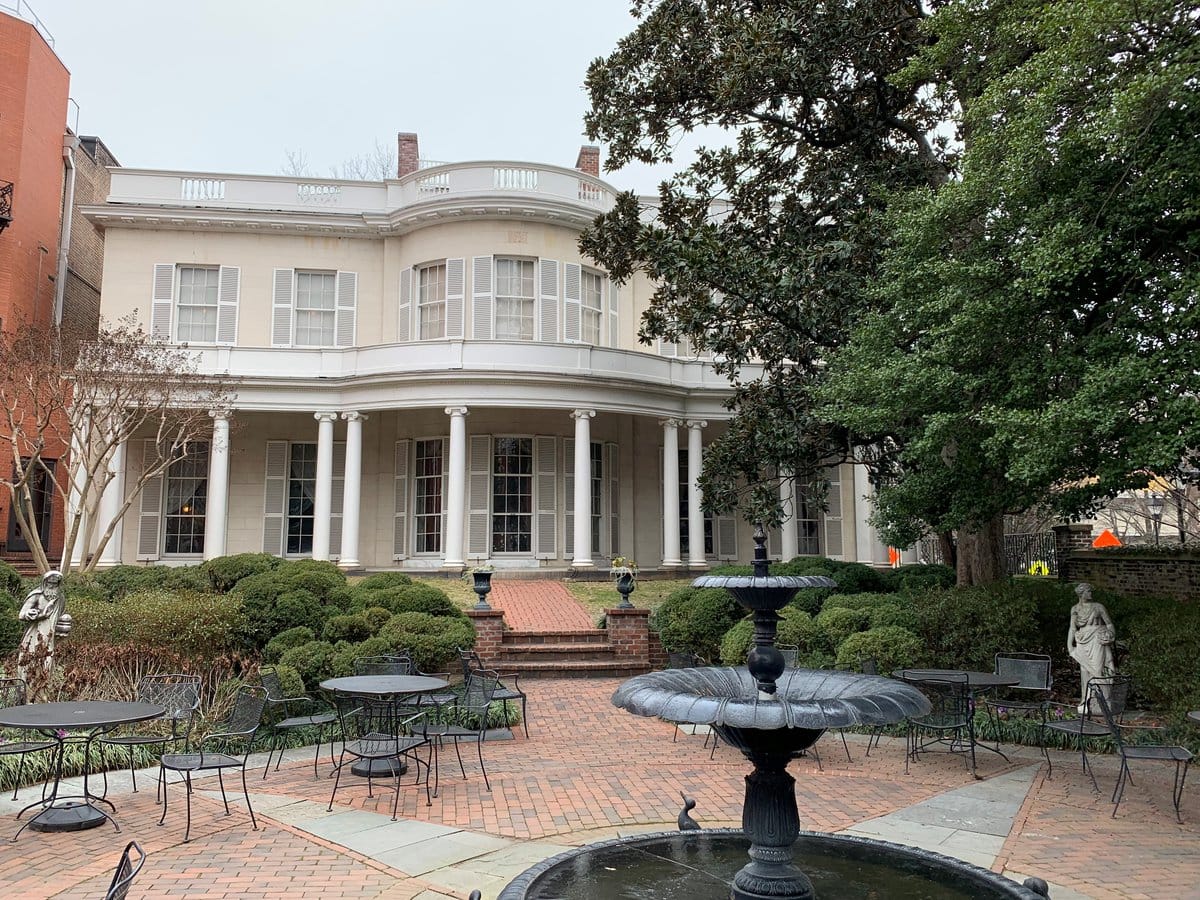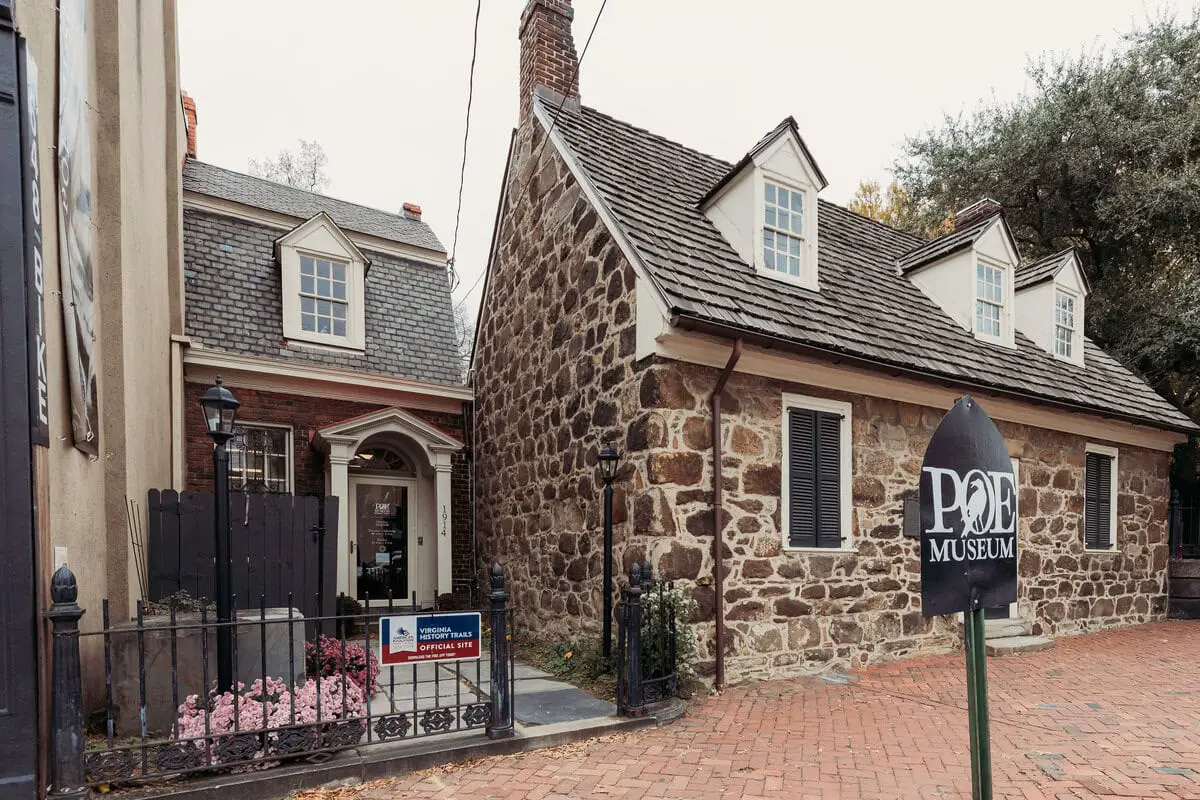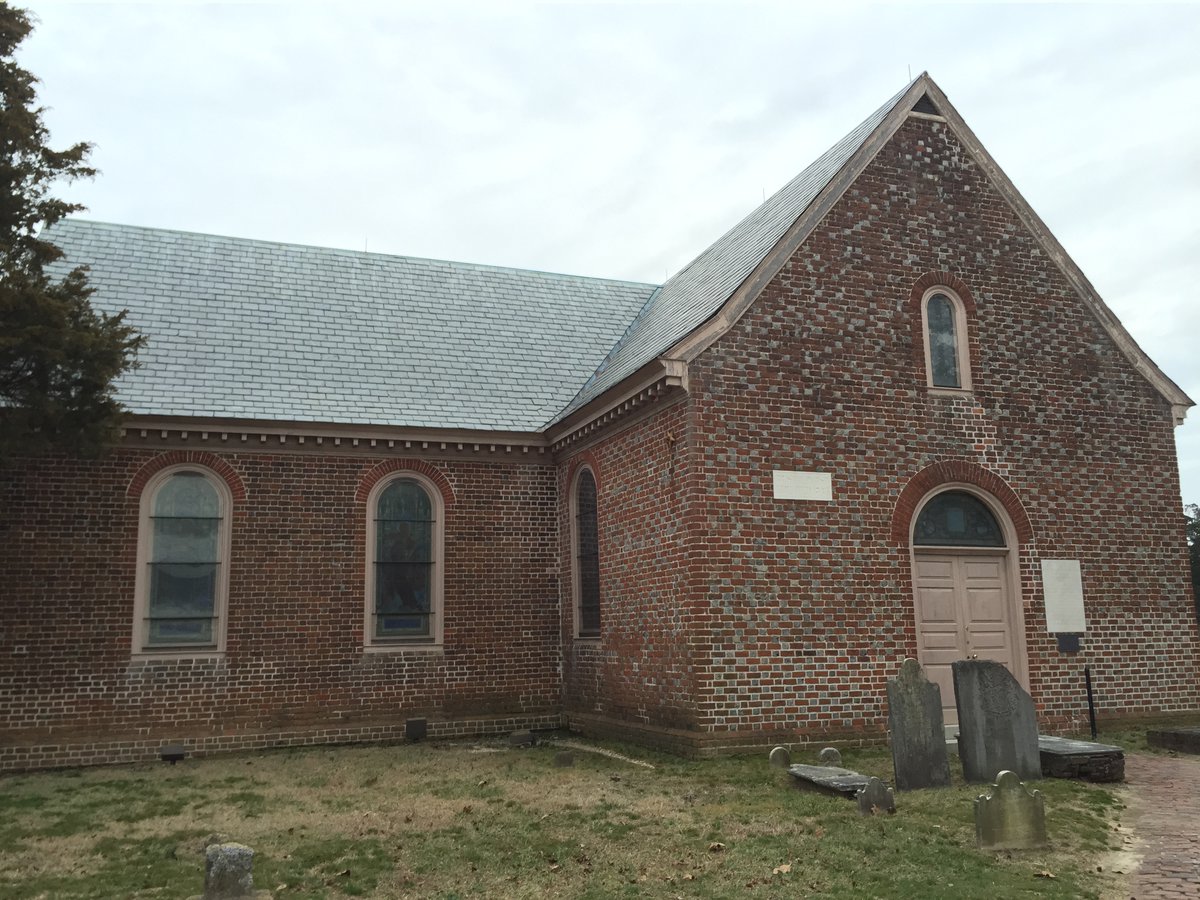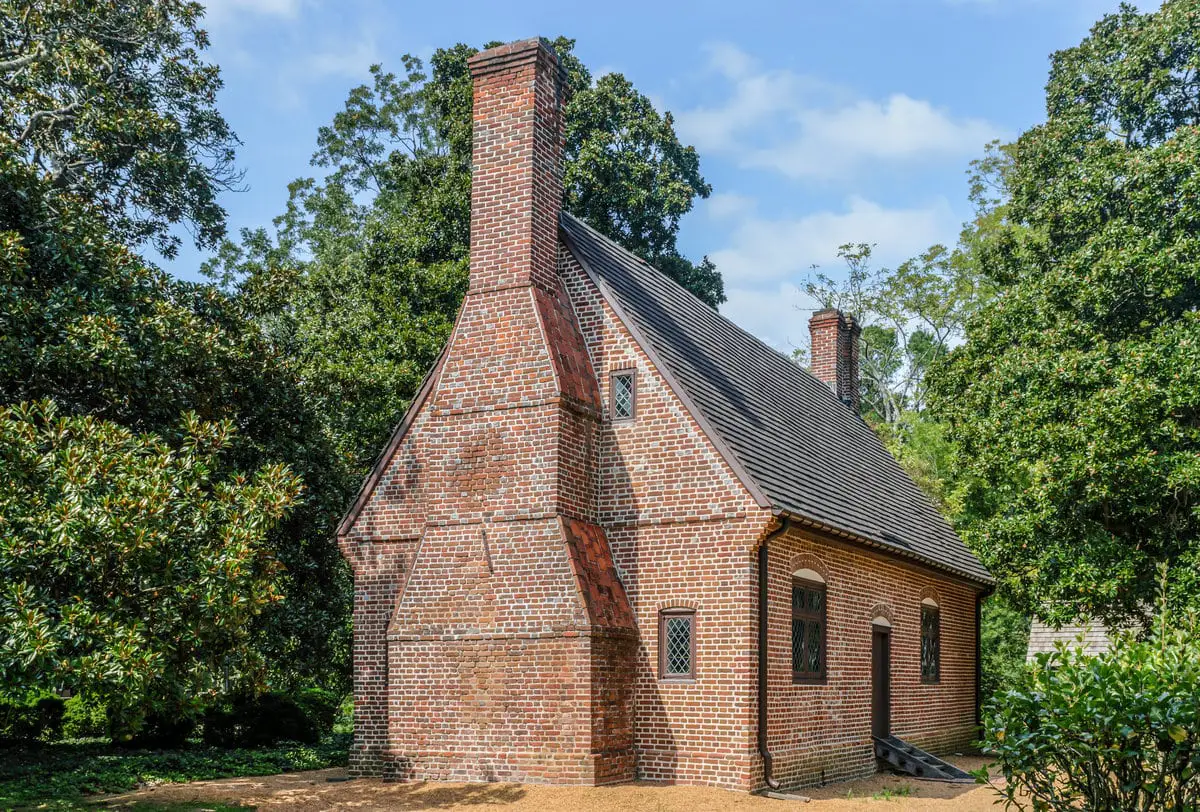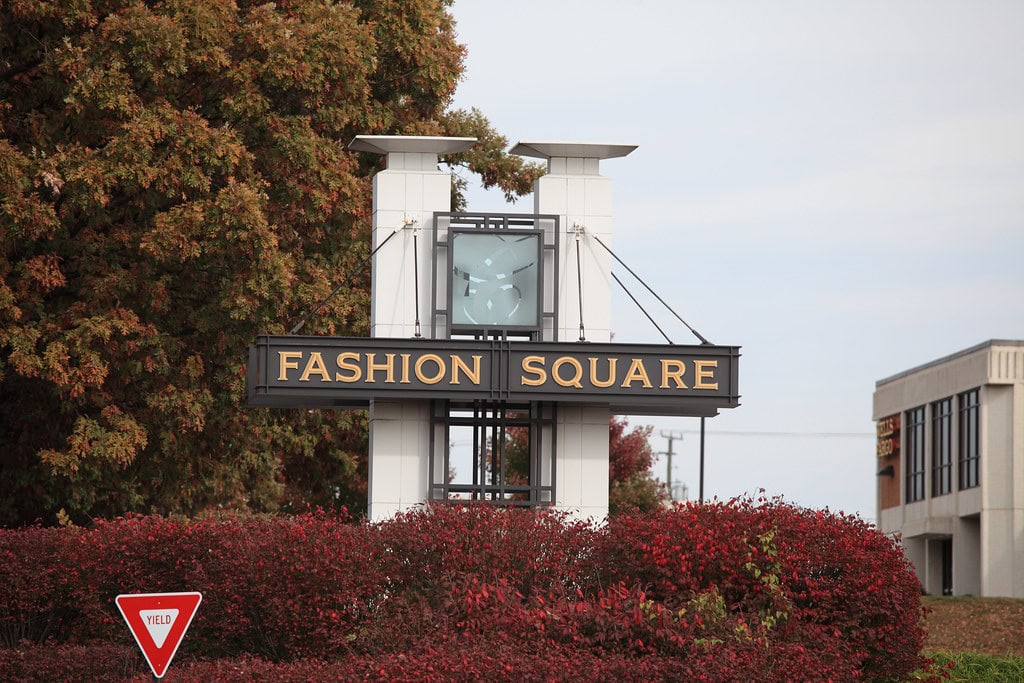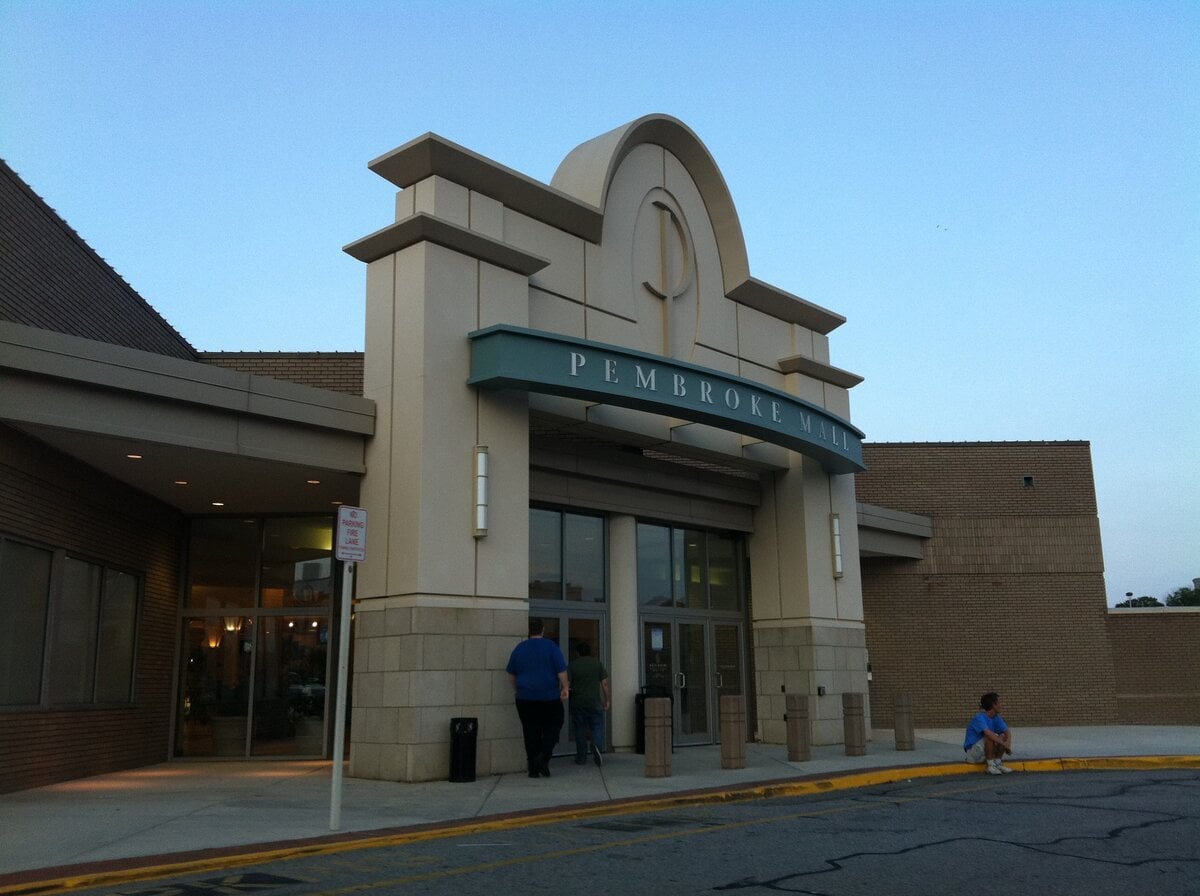Origins of the Poe Museum
The Poe Museum in Richmond, Virginia, dates back to the early 20th century.
In 1906, a group of Richmond residents formed the Poe Memorial Association, driven by a shared desire to celebrate Edgar Allan Poe's literary achievements.
At the time, their main goal was to erect a statue of the author on Monument Avenue, a street known for its grand tributes.
However, the city council rejected the proposal, citing Poe's reputation as an unconventional figure.
Refusing to abandon their mission, the association shifted its focus to preserving Poe's local ties. Richmond was not just Poe's hometown; it was also the backdrop to much of his early work.
The group decided to concentrate on the Southern Literary Messenger building, where Poe had worked as an editor.
Although the building was eventually torn down, materials from the site were salvaged for future use, marking a step forward in their preservation efforts.
By 1922, these determined efforts culminated in the opening of the Edgar Allan Poe Shrine - what we now call the Poe Museum.
Located in Richmond's Shockoe Bottom neighborhood, the museum was established to honor Poe's life, with a particular focus on his years in the city.
Today, it stands as one of the key things to do in Richmond, Virginia, offering visitors a chance to explore the connection between Poe and the city that shaped him.
The Old Stone House: A Historic Foundation
The Poe Museum's home, the Old Stone House, has a rich history. Built around 1740, it is the oldest original residential building in Richmond, Virginia.
German immigrant Jacob Ege constructed it after arriving in the area with his fiancée's family. The house was intended to be a "home for the bride," tying its origins to themes of family and settlement in early Richmond.
By 1824, the house had already seen decades of life when a young Edgar Allan Poe crossed paths with it during a historic event.
That year, General Marquis de Lafayette visited Richmond as part of his tour of the United States.
Poe, just 15 at the time, served as an honor guard while Lafayette's procession passed by the house. This moment, though brief, highlights the building's connection to the city's history and Poe's early life.
The house stayed with the Ege family until 1911 when ownership changed hands. In 1912, the Association for the Preservation of Virginia Antiquities stepped in to secure the building.
Later, Mr. and Mrs. Archer G. Jones restored the house, which was eventually entrusted to the Edgar Allan Poe Shrine.
This preservation effort laid the groundwork for its role in showcasing Poe's legacy and the city's architectural heritage.
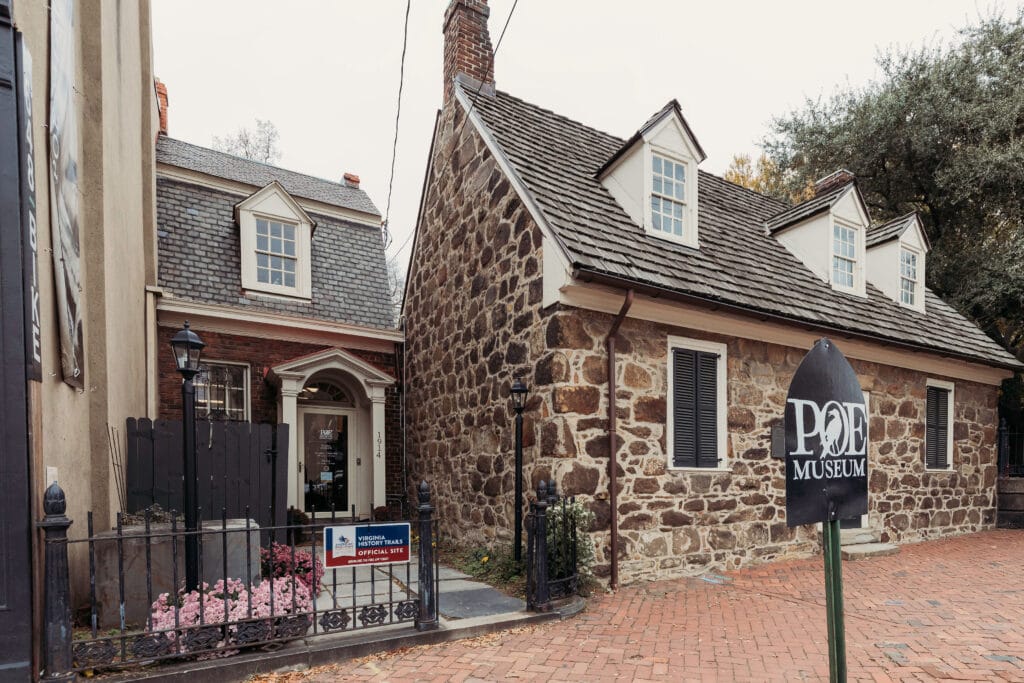
Building the Collection: Artifacts and Exhibits
Since its opening in 1922, the Poe Museum has assembled an impressive collection of artifacts. It holds some of the rarest items linked to Poe, including his boyhood bed, a lock of his hair, and personal clothing.
These relics offer a tangible connection to Poe's life, sparking curiosity about his everyday experiences.
The museum also features first and early editions of Poe's literary works.
Among the highlights is an 1845 printing of "The Raven" and one of only 12 known copies of Poe's first poetry collection, Tamerlane and Other Poems.
Visitors can view manuscripts and daguerreotypes that capture Poe's likeness during his lifetime, adding a visual element to the narrative of his career.
Each exhibit space focuses on different aspects of Poe's life.
For instance, the Elizabeth Arnold Poe Memorial Building houses literary treasures, while the parlor in the Old Stone House displays furniture from Poe's childhood homes.
Together, these carefully curated items create an immersive experience that connects visitors with the writer's world.
The Enchanted Garden: A Tribute to Poe's Imagination
In 1922, the Poe Museum introduced the Enchanted Garden, inspired by Poe's poem "To One in Paradise."
The garden's design reflects the poem's imagery, creating a serene atmosphere filled with elements drawn from Poe's writings.
It quickly became a core feature of the museum, attracting visitors who sought a glimpse into the poetic world he created.
The materials and plants in the garden carry meaningful connections to Poe's life. Stone benches from the Yarrington Boarding House, where Poe married his wife, Virginia, now line the paths.
Ivy, brought from his mother's grave at St. John's Church in Richmond, grows throughout the space, linking the garden to Poe's personal history.
These features make the garden a space that feels deeply tied to the author's story.
The garden includes a fountain, a shrine, and other visual references to Poe's works.
For example, a brick wall echoes descriptions from "William Wilson," and a rock inscribed with a name from "A Tale of the Ragged Mountains" nods to the settings he vividly imagined.
Beyond its literary ties, the garden also serves a practical purpose - it's available for private events, including weddings, ensuring its ongoing use in Richmond's community life.
Cultural and Educational Engagement in Richmond
The Poe Museum actively participates in Richmond's cultural and educational activities. Its programs and events bring Poe's legacy to life for diverse audiences.
One popular event, "Unhappy Hour," blends entertainment with literature, often featuring themed drinks and activities inspired by Poe's works.
These events give the museum a lively presence in the city's cultural calendar.
The museum also supports education by offering guided tours, lectures, and materials tailored to students and teachers.
These resources explore Poe's influence on American literature and provide valuable insights into his creative process.
Schools and universities frequently incorporate these programs into their curriculum, making the museum an important educational partner in Richmond.
Through its events and educational efforts, the Poe Museum connects visitors with the author's world while fostering appreciation for his impact on literature.
It serves as both a cultural hub and a gateway to learning, ensuring that future generations continue to explore Poe's work in the context of his life and times.

